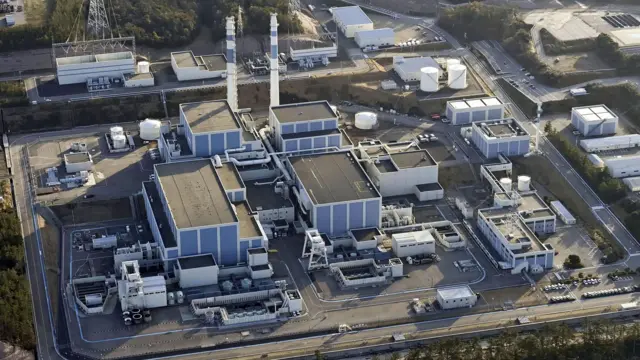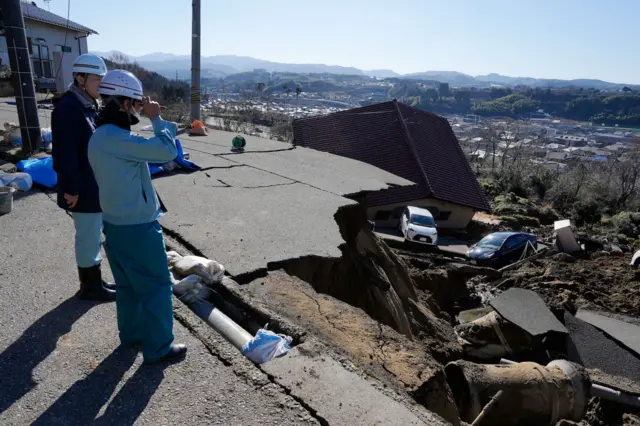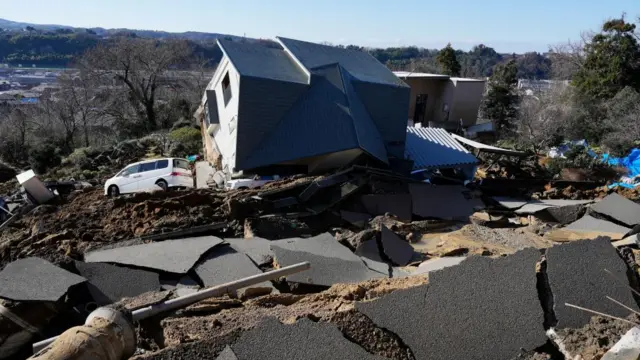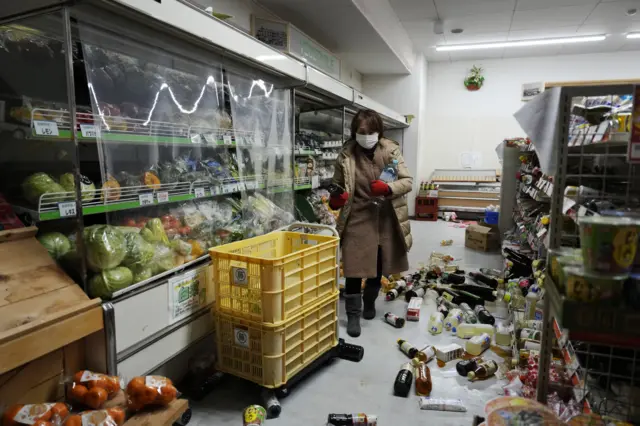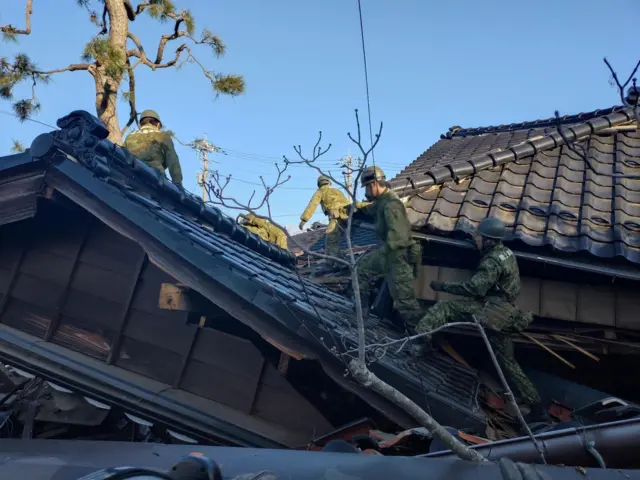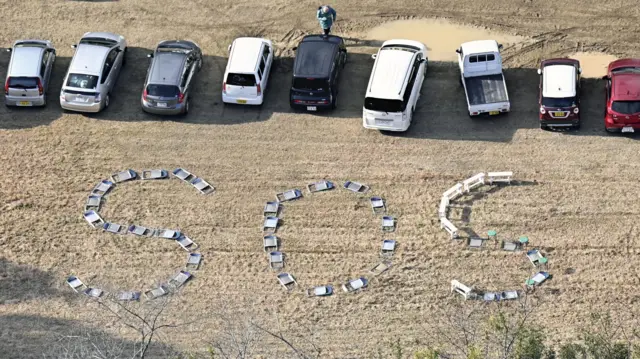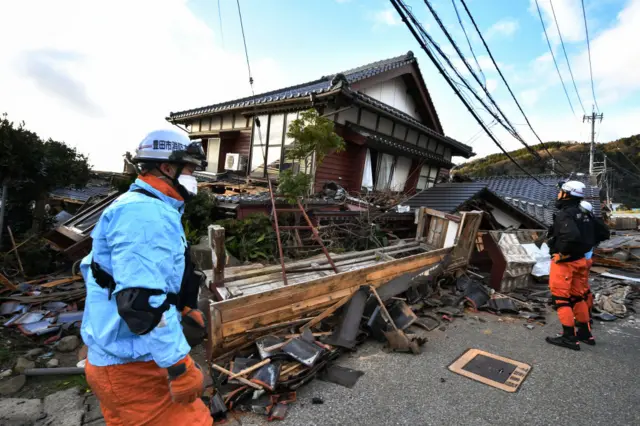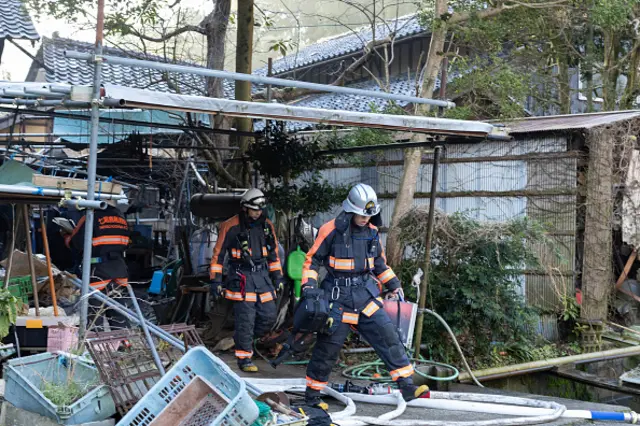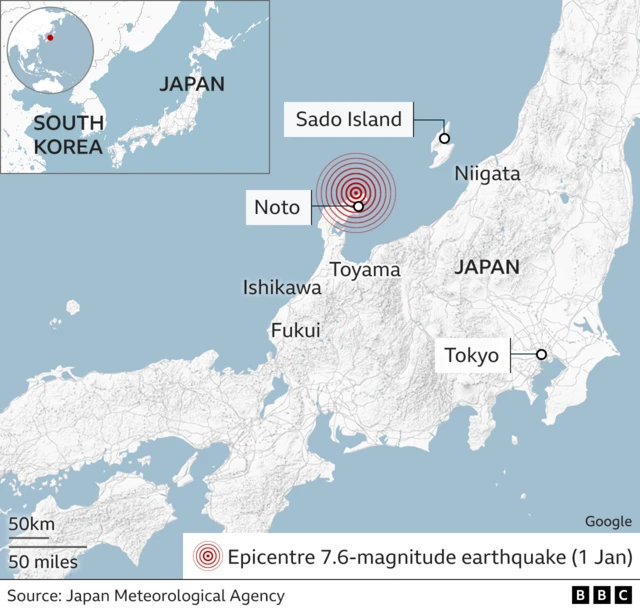We're ending our coverage nowpublished at 15:17 GMT 2 January 2024
 Jamie Whitehead
Jamie Whitehead
Live reporter
We are bringing our live coverage of this story to an end now.
- You can read more in our news story here
- And for more from Japan, our live coverage of the collision between two planes at Tokyo's Haneda Airport is continuing here
Today's coverage was bought to you by our teams in Japan, Singapore and London.
Thank you for joining us.




